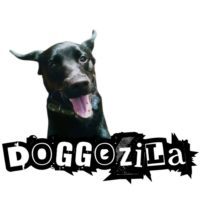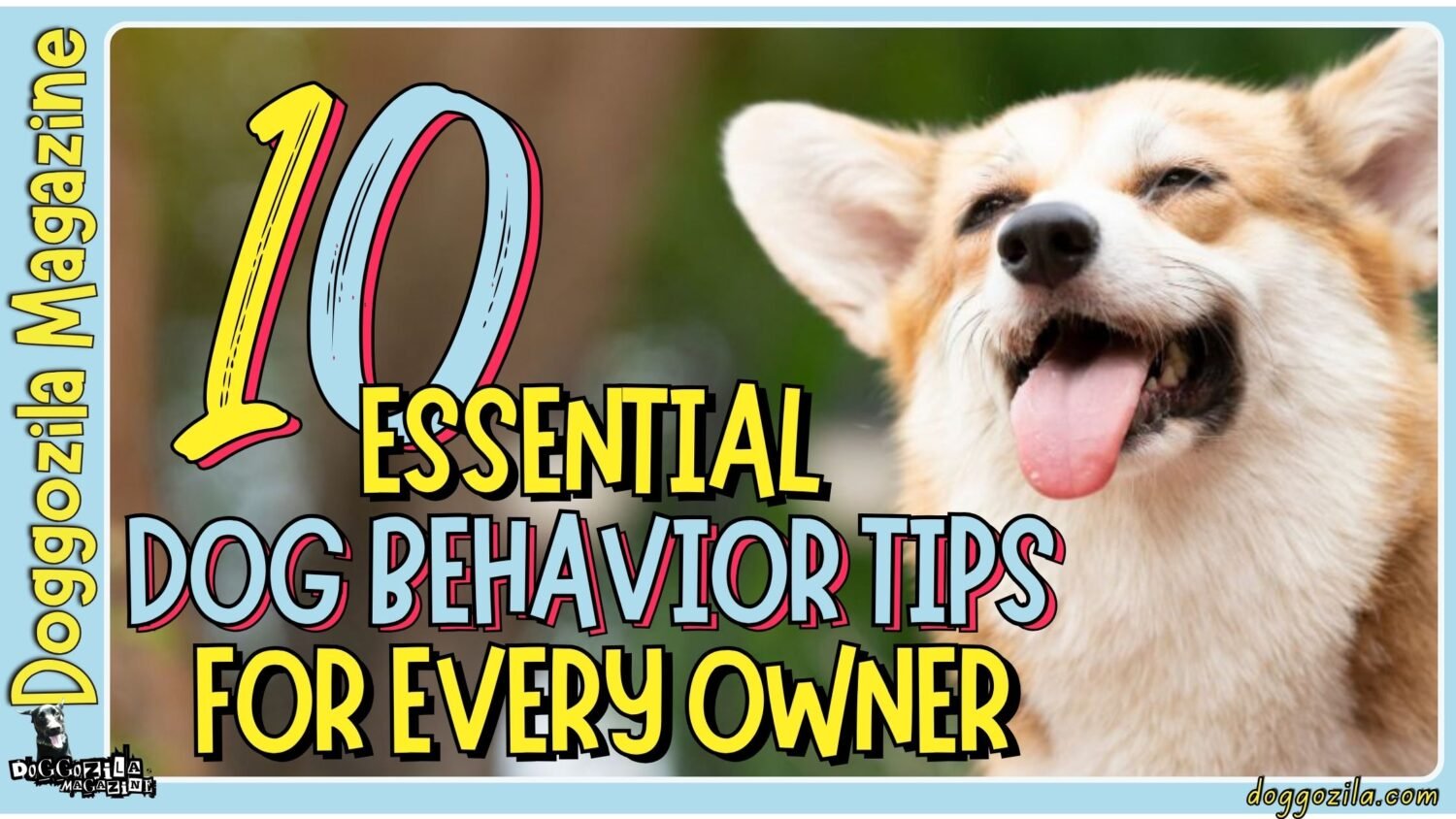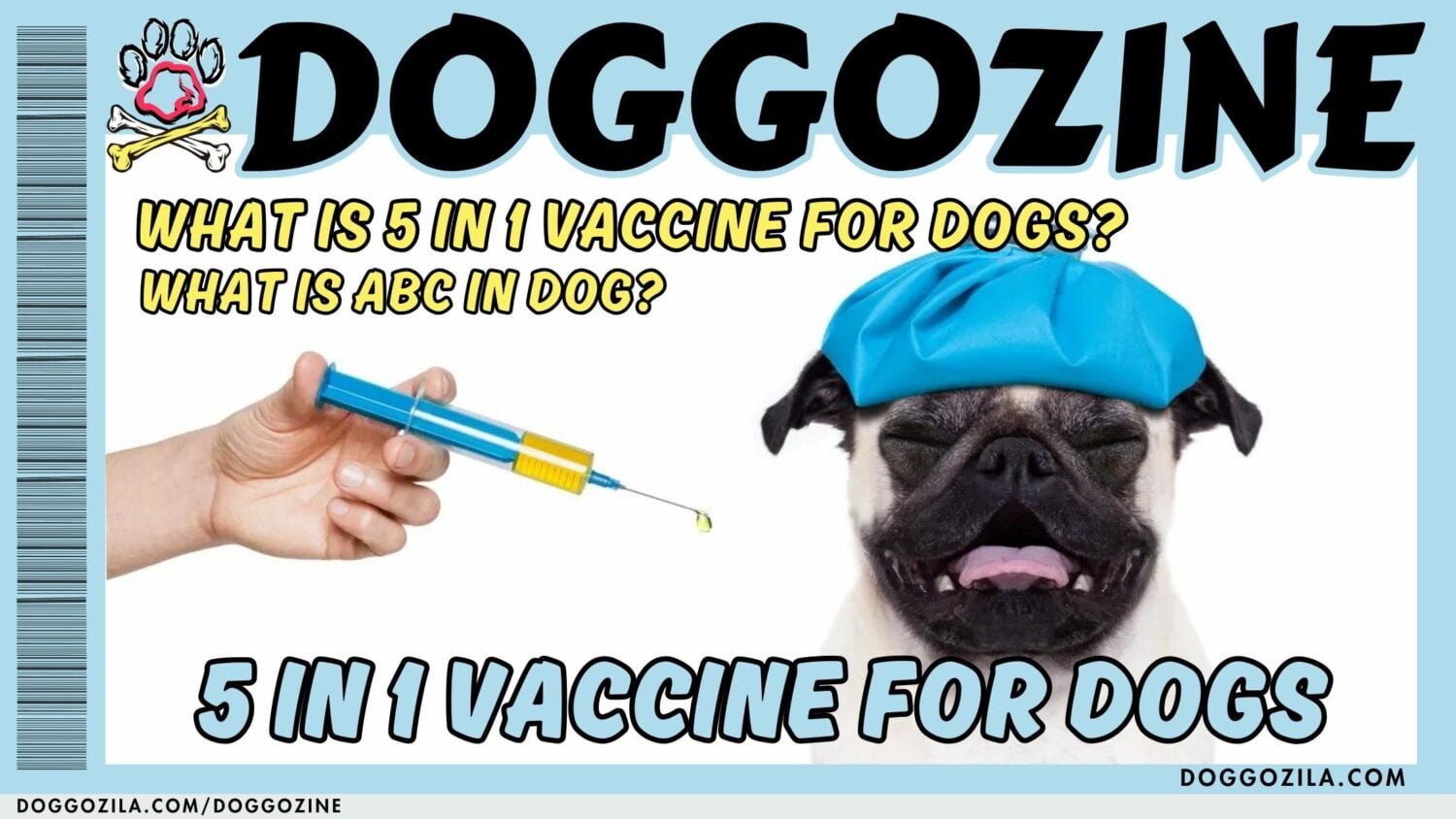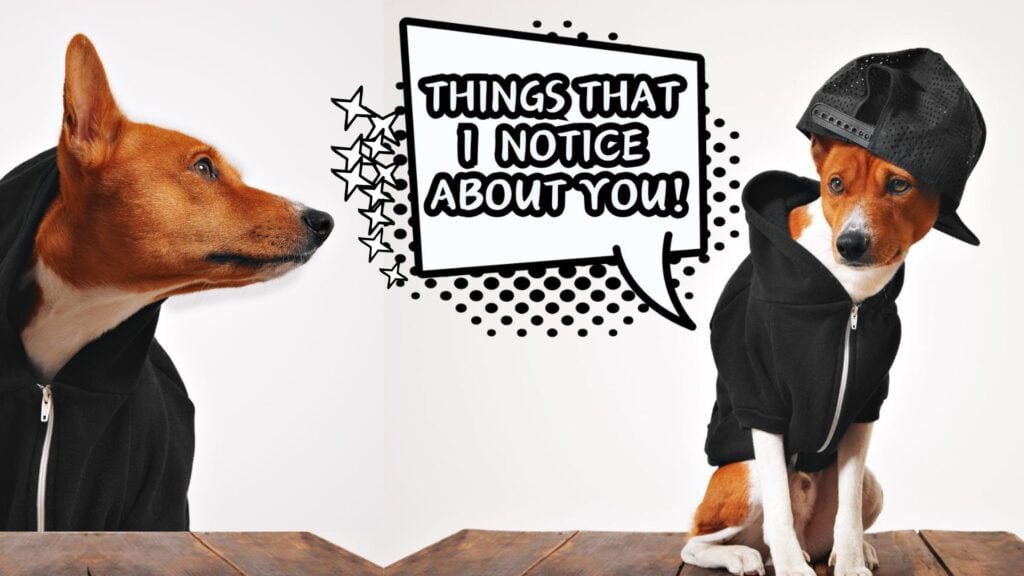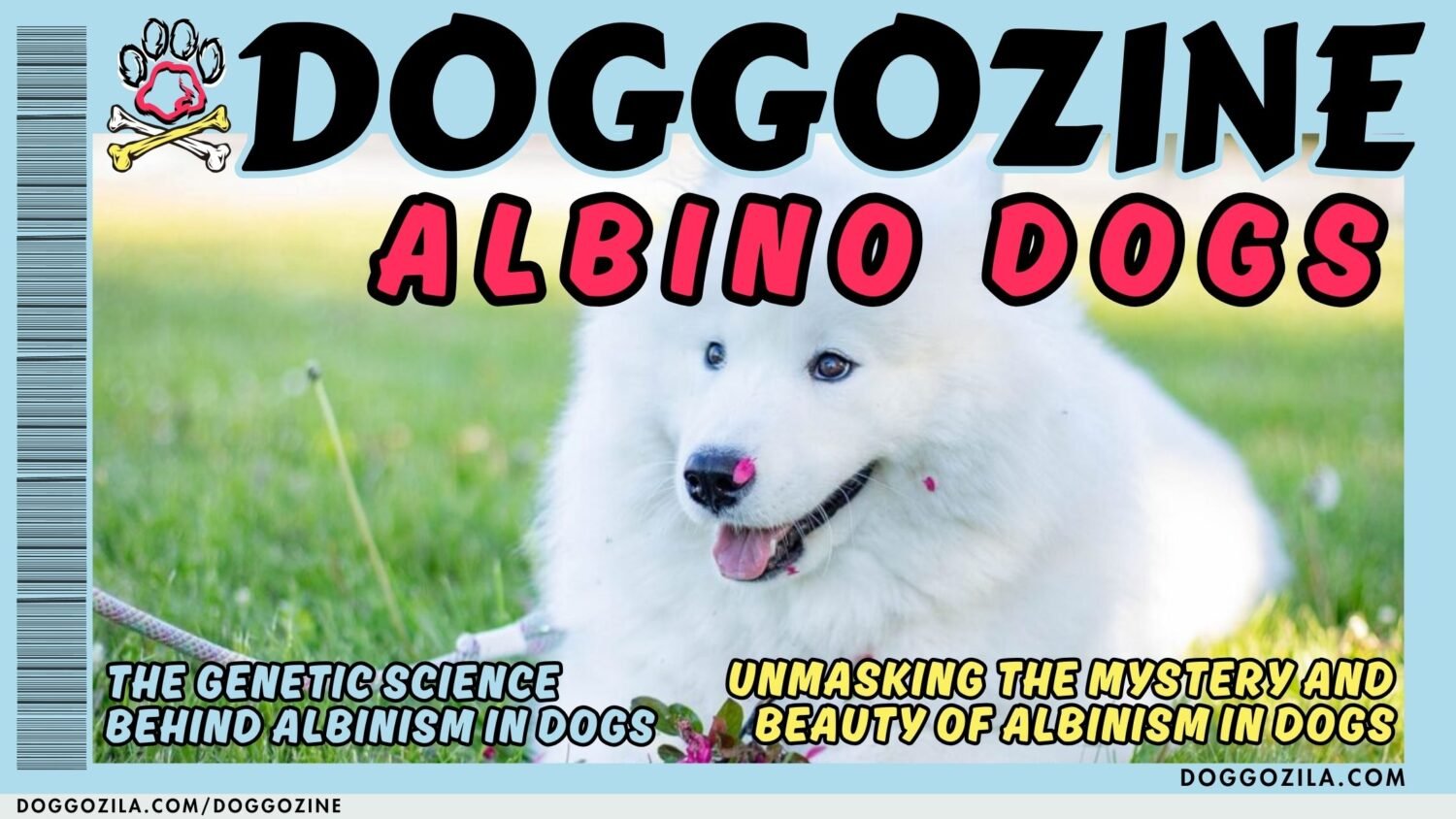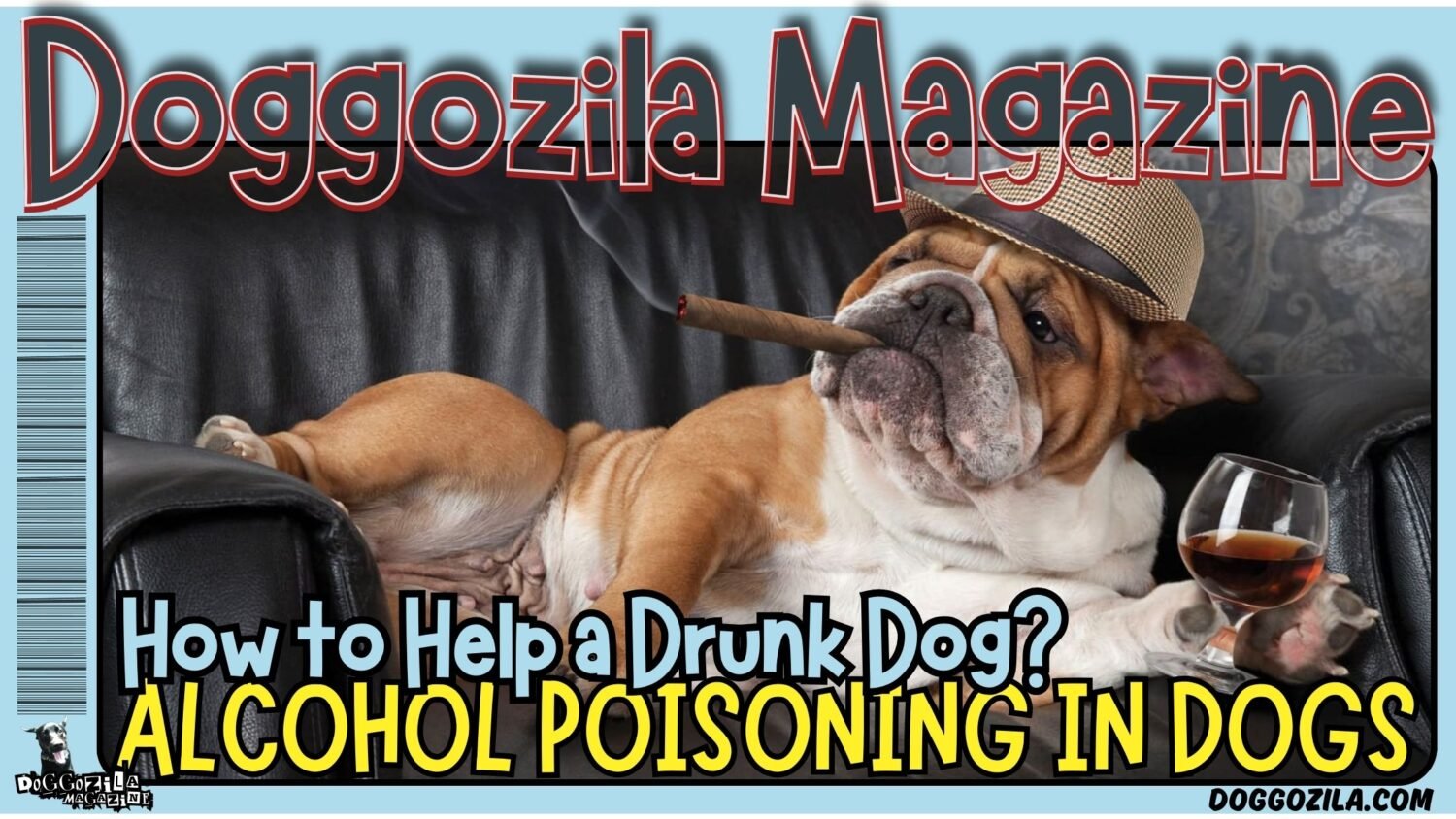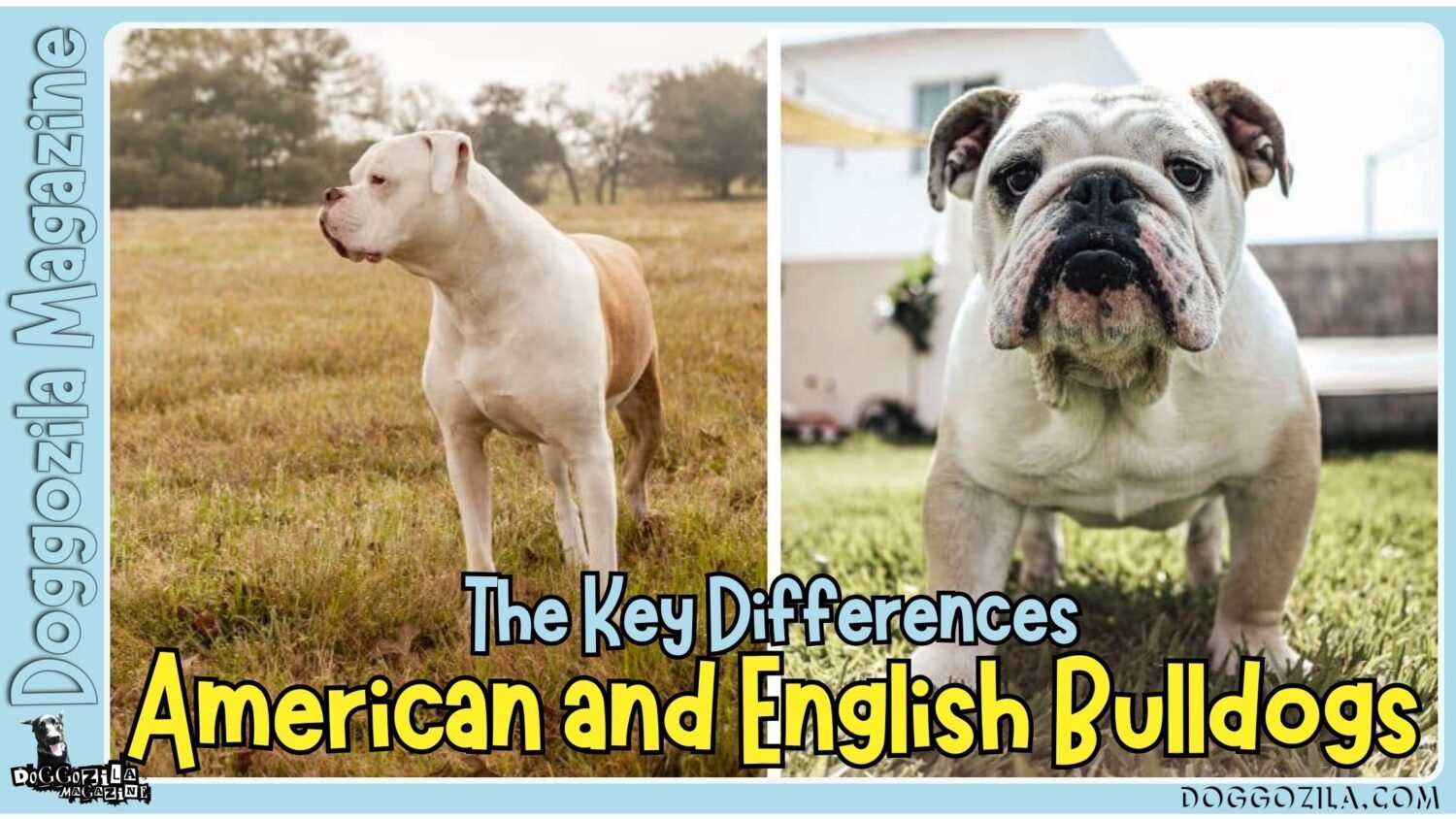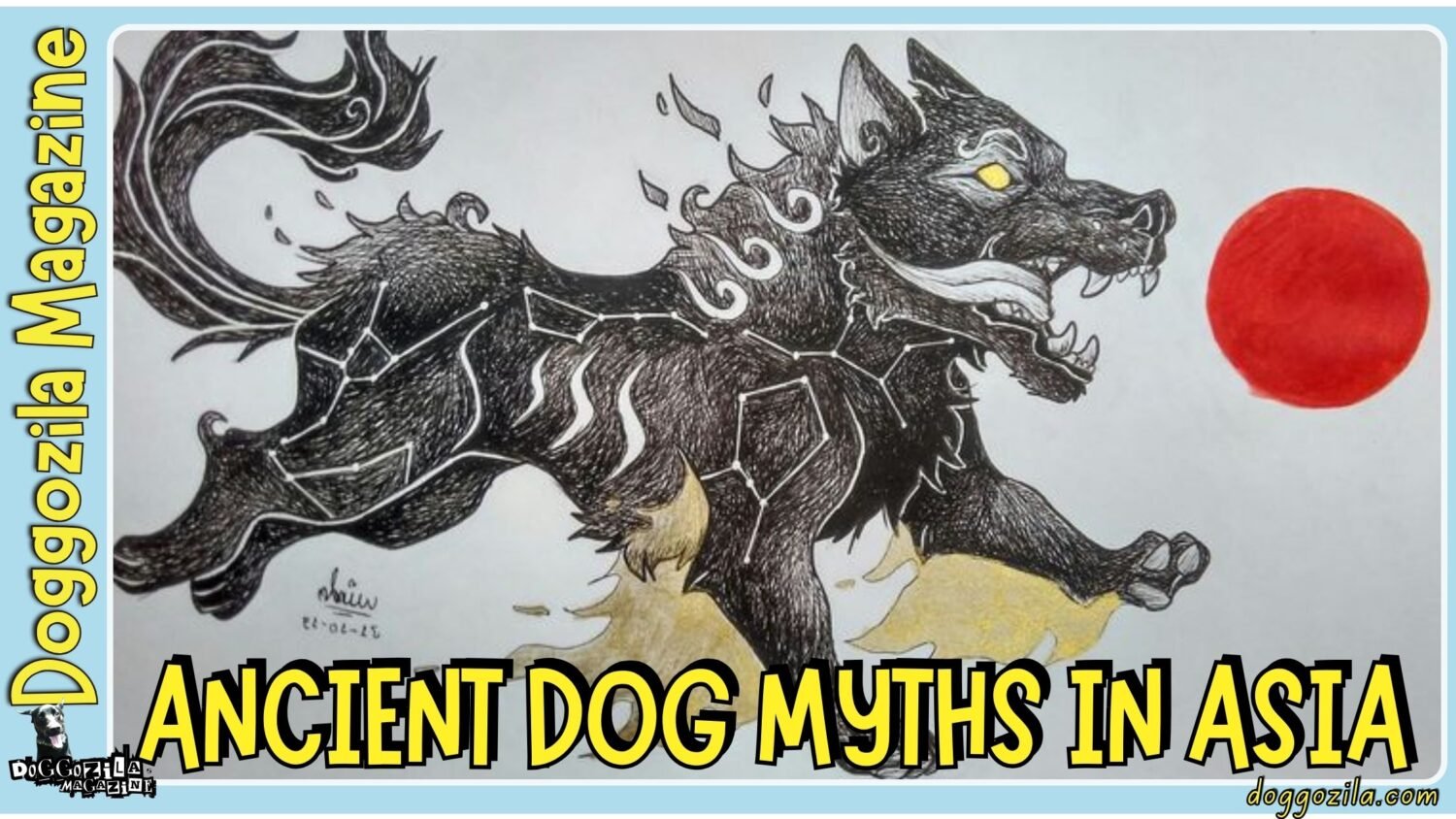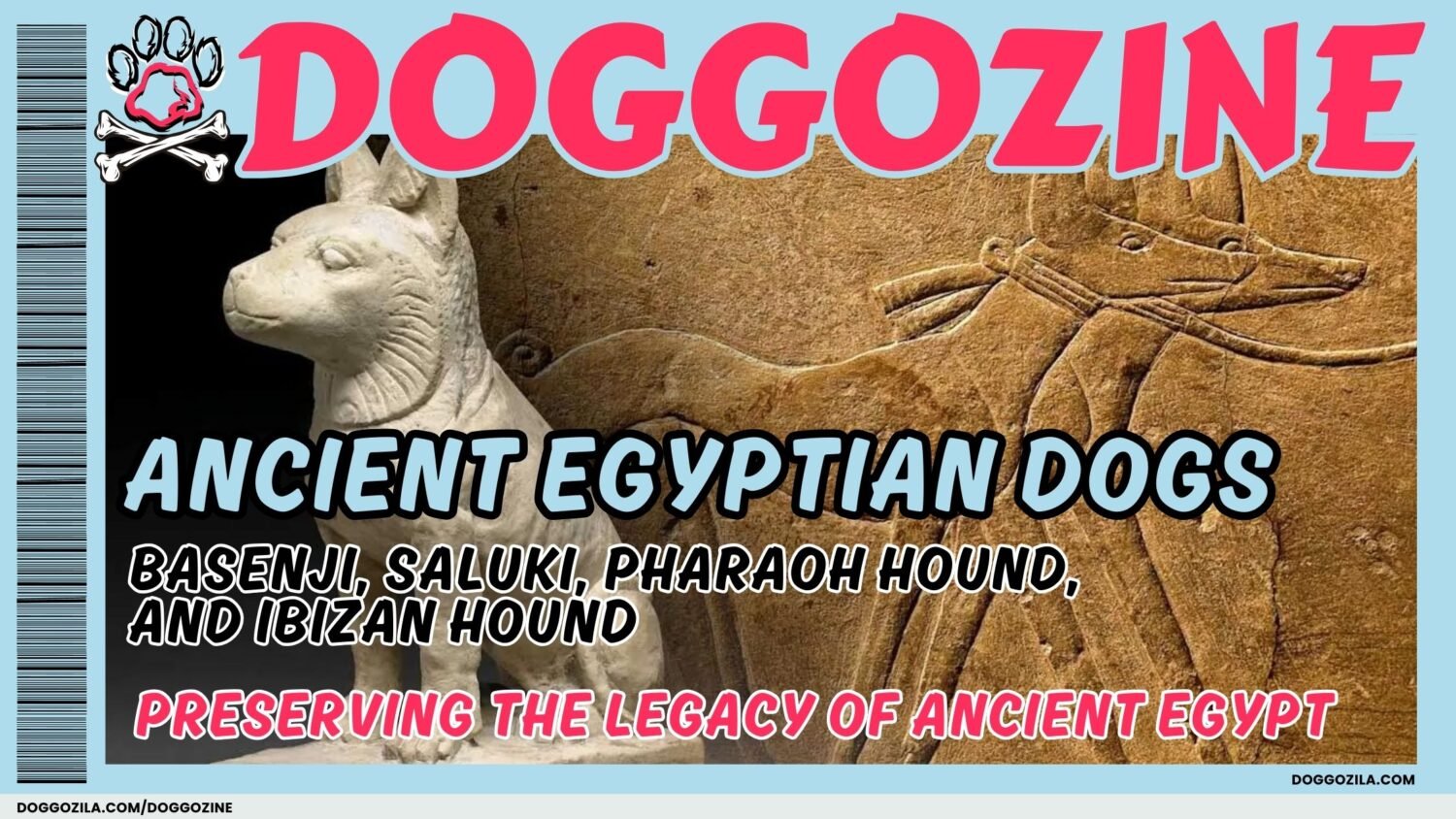Hey there, fellow dog devotees and curious pet parents! Have you ever been showering your pup with affection only to be met with a dramatic head turn and a sliver of white showing in the corner of their eye? That, my friends, is the legendary whale eyes in dogs! It’s one of the most misunderstood and fascinating signals in the dog communication playbook. Forget complicated jargon, we’re diving into the wild world of doggy side-eye!
Imagine unlocking a secret code that lets you understand exactly when your furry best friend is feeling unsure, stressed, or just a little sassy. Whether you’re navigating a busy dog park, introducing a new couch, or just trying to figure out why your pup is giving you the serious side-eye during cuddle time, this is your ultimate trail map. Ready for an adventure into the eyes of your dog? Grab some treats, get comfortable, and let’s decode this together!
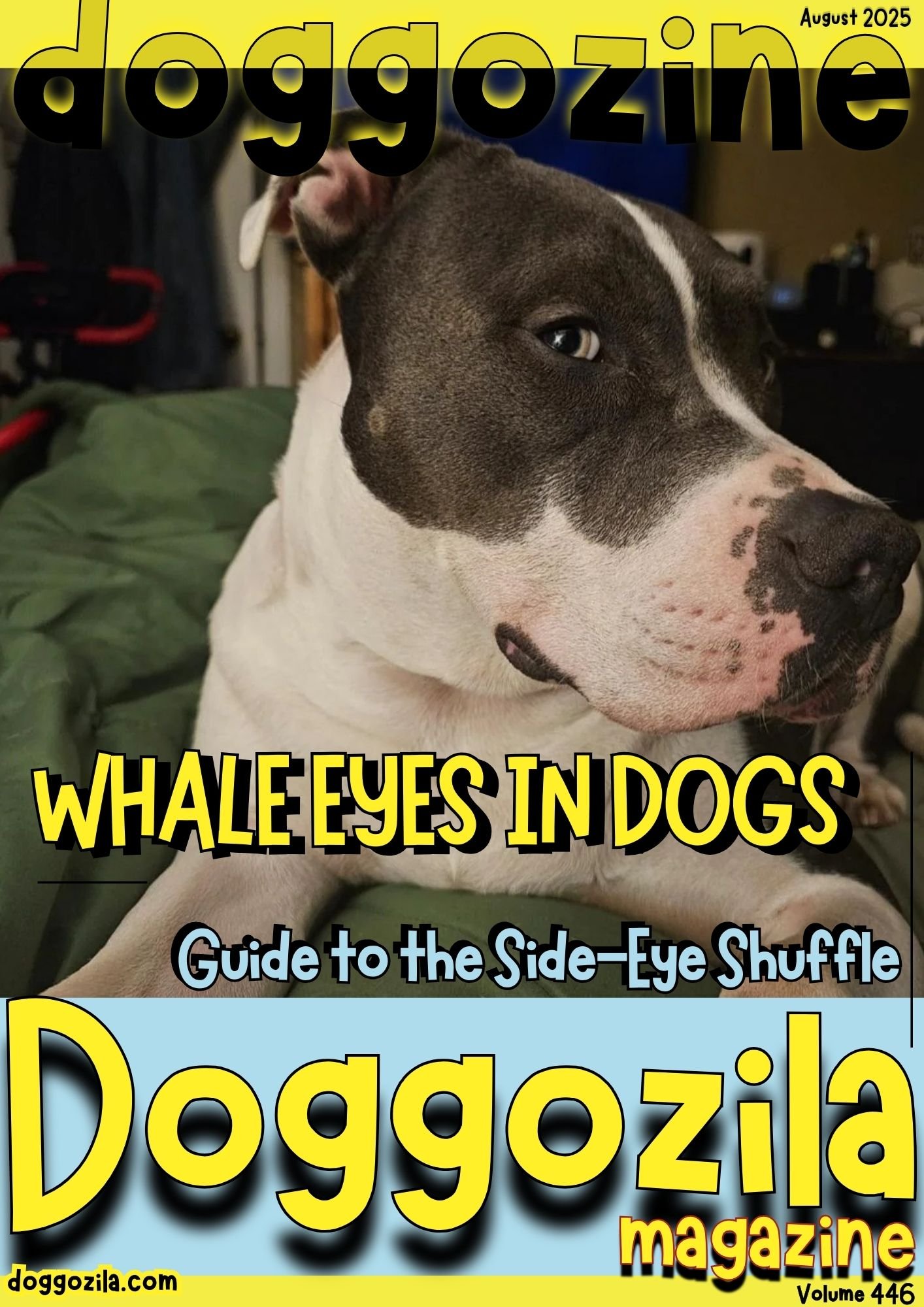
WHAT IN THE WORLD ARE WHALE EYES IN DOGS? DECODE THE SIDE-EYE
Let’s cut through the confusion, whale eyes in dogs aren’t a weird new trend, they’re a brilliant and subtle form of communication. Think of it as your dog’s internal alarm system giving you a visual ping! Understanding this signal is like getting a backstage pass to your dog’s emotional state, allowing you to respond with empathy and help them feel safer.
That unmistakable look where your dog turns its head away but flicks its eyes to keep watch, revealing the white sclera, is a classic sign of dog discomfort or anxiety. It’s their way of saying, “I’m not so sure about this situation, but I need to keep an eye on it!” This happens because dogs often avoid direct staring, which can be perceived as a challenge, so they look away while still monitoring a potential threat.
The Science Behind the Whale Eyes in Dogs: It’s All About Emotional Wiring
Ever wonder why the phenomenon of whale eyes in dogs is such a reliable indicator of stress? It all boils down to neurology and self-preservation. When a dog feels anxious, threatened, or conflicted, its body enters a state of high alert, triggering a flight-or-fight response.
The eyes widen to take in more visual information, which naturally exposes the white parts. Studies of dog communication have consistently shown that these subtle body language cues are fundamental to how dogs interact with each other and with us.
Renowned behaviorists emphasize that recognizing these early signs is crucial for preventing more serious reactions like growling or snapping. It’s not just a funny look, it’s a critical piece of the puzzle in understanding your dog’s emotional well-being and ensuring they feel secure in their environment.
A Tale from the Trail: When Atos Gave Me the Whale Eye at the Vet
I’ll never forget the time my adventure dog, Atos, gave me the most pronounced whale eyes I’d ever seen. We were at the vet for a routine check-up, and as the veterinarian approached with the stethoscope, Atos didn’t growl or tense up. Instead, he turned his head sharply away from the doc but locked his eyes on the instrument, his eyes wide with brilliant white crescents showing.
It was his way of telling me, “Mom, I am NOT cool with this cold thing on my chest!“
Because I recognized the signal, I could ask the vet to pause and let Atos sniff the stethoscope first. A few treats and a moment later, the whale eyes softened, and the examination continued peacefully. This personal story is a perfect example of how understanding whale eyes in dogs can transform a stressful moment into a trusting collaboration.
🔑 Key Points: Whale eye is when a dog turns its head away but keeps its eyes on something, showing the white sclera, and it is a primary signal of canine discomfort or anxiety.
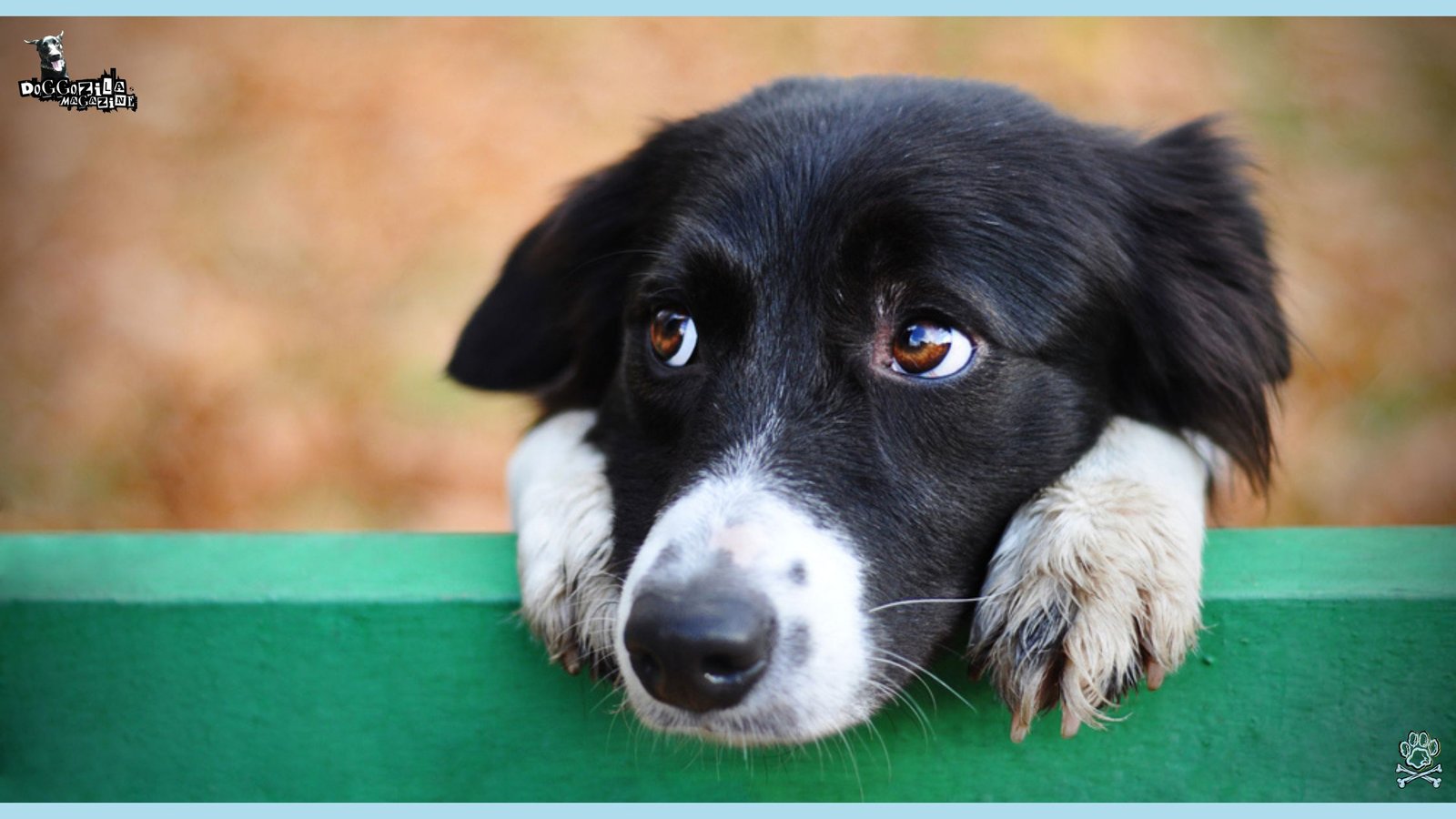
WHAT YOUR DOGS ARE REALLY TRYING TO TELL YOU WITH WHALE EYES?
Figuring out the specific message behind your dog’s whale eyes is key to being a great advocate for them. This signal is rarely about outright aggression, it’s almost always a plea for space or a expression of inner conflict. Learning to read the context is your superpower for interpreting whale eyes in dogs accurately.
Is your dog chewing a favorite bone when you walk by? The whale eye might be a polite, “I love you, but this is mine, please give me space.” Are you hugging them a little too tightly for their liking? The whale eye could be a patient, “I’m tolerating this because I adore you, but I’m not comfortable.” Maybe a strange dog is approaching a little too quickly at the park? The look then means, “I’m unsure about this interaction and need a little more room to feel safe.“
It’s Not Just Stress: The Surprising Times You Might See Whale Eyes In Dogs
While whale eyes in dogs are most commonly a stress signal, they can occasionally appear in other, less worrisome contexts. During a super engaging game of tug-of-war, you might catch a flash of white in your dog’s eyes. This is usually a sign of intense, happy focus and excitement, not anxiety.
Some herding breeds, like Australian Shepherds, are known for their “watchful” eye. They might show a bit of white naturally when concentrating intensely on a task.
The key to telling the difference is to look at the whole dog. Are their body and face stiff? Are their ears pinned back? That’s likely stress. Is their body wiggly and loose, with a wagging tail? That’s probably just exuberant focus. Always consider the entire picture before jumping to conclusions!
The “Sassy Side-Eye” Versus The “Stressed Side-Eye”
Let’s be real, sometimes the whale eye is downright hilarious and brimming with personality. My friend’s Corgi, Gus, is a master of the sassy side-eye. When told it’s time to come inside from the yard, he’ll stop, turn his head away, and cut his eyes back at her with a dramatic show of white, as if to say, “You can’t be serious. The sun is still out!“
His body is loose, his tail is wagging, and it’s clearly a playful, stubborn moment. Contrast that with a dog who is cornered by an overly enthusiastic child, whose body is frozen tight and whose whale eyes are accompanied by a low tail. One is comedy, the other is a cry for help. Recognizing this spectrum is what makes understanding whale eyes in dogs such a fun and important skill.
🔑 Key Points: The signal is typically a plea for space or an expression of inner conflict. It’s not aggression, and accurately interpreting it requires reading the specific context.
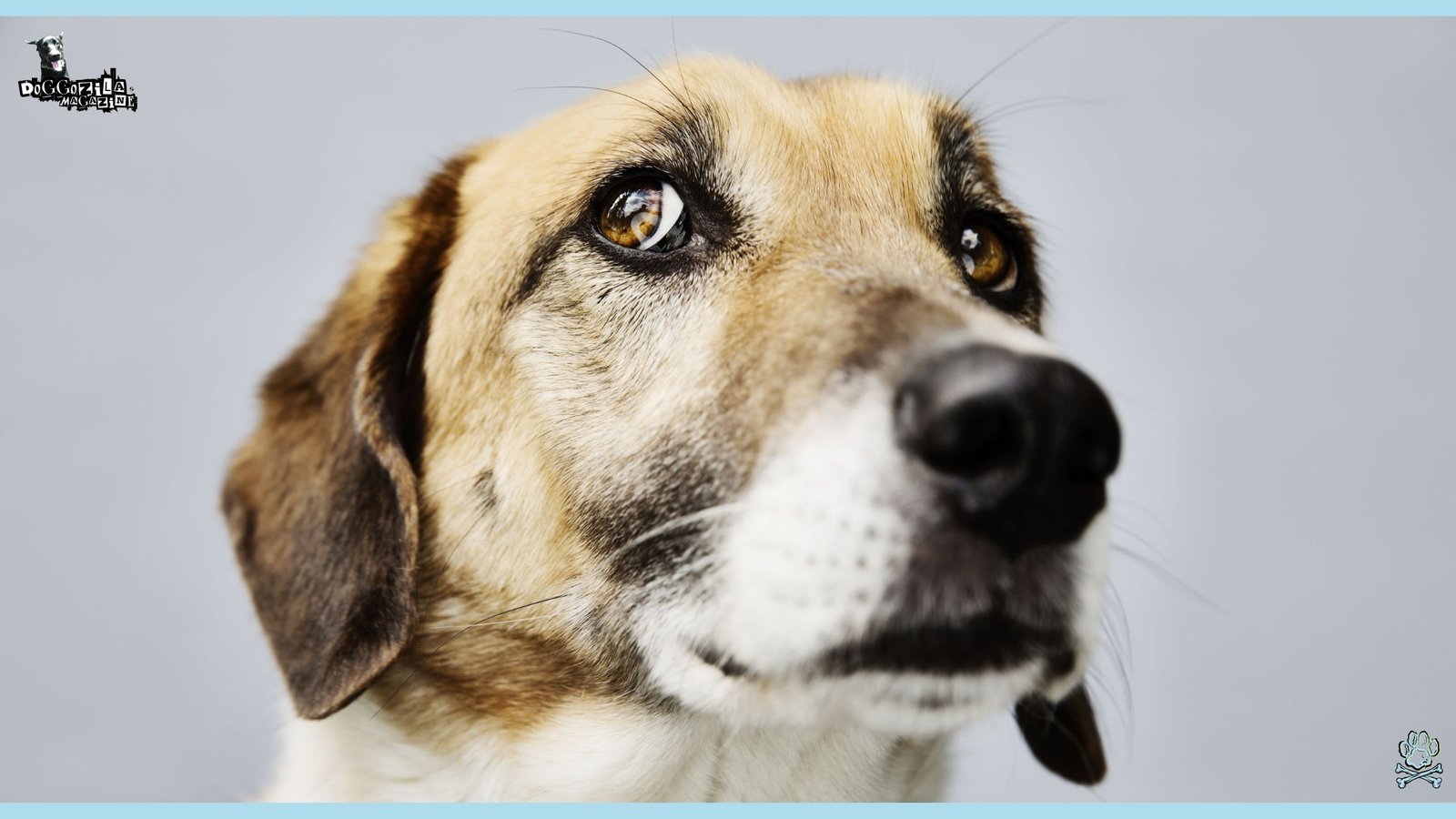
THE MAIN CULPRITS: COMMON TRIGGERS FOR WHALE EYES IN DOGS
The list of things that can trigger this reaction is as unique as your dog, but some culprits are incredibly common. Sudden, looming movements overhead (like a hug or a hand reaching for their head) are a classic trigger for many dogs. Resource guarding, whether it’s a high-value toy, a tasty bone, or even a favorite person is another huge reason you might see the side-eye shuffle.
Unfamiliar, loud noises (vacuums, fireworks, construction) can easily cause a stress response visible in the eyes. Even feeling physically unwell or being in pain can make a dog more generally anxious and prone to showing whale eyes. Essentially, anything that makes your dog feel insecure, threatened, or conflicted can be the catalyst for this unmistakable look.
The Resource Guarding Rundown: “Mine!” Says the Eye
This is one of the most frequent scenarios where you’ll spot whale eyes in dogs. It’s a primal instinct rooted in self-preservation. Your dog isn’t being “spoiled” or “selfish“, but they’re simply acting on a deep-seated drive to protect something they value highly. You might see it when they have a chew toy, are eating a delicious treat, or are curled up on their favorite bed.
The whale eye in this context is often combined with a stiff body, a lowered head over the object, and sometimes a paused chewing motion. It’s a clear warning sign that says, “I’m worried you might take this, and I want you to know I’m uncomfortable.” Recognizing this early allows you to manage the situation safely and work on positive training to build their confidence.
Related Article Recommendation: Resource Guarding In Dogs: Treasure Trove Tantrums
The Personal Space Invader: When Hugs Trigger Whale Eyes in Dogs
Here’s a big one that every dog parent needs to know, most dogs do not enjoy being hugged. While we see it as a sign of affection, from a dog’s perspective, a hug is a restrictive act that limits their ability to move away if they feel the need to. This feeling of being trapped often results in, you guessed it, whale eyes.
The dog will typically turn its head away from the person hugging them while keeping a watchful eye on them, the whites on full display. It’s a polite, silent plea for personal space. This is a critical moment to respect their communication and find other ways to show love, like a good chest scratch or a fun training game, to avoid pushing them into a more fearful response.
🔑 Key Points: Common triggers include sudden looming movements, resource guarding, loud noises, and physical pain. Essentially anything that makes a dog feel insecure or threatened.

BECOMING A DOG DETECTIVE: HOW TO SPOT WHALE EYES IN DOGS?
When you see those whites, immediately do a full body scan. What are the ears doing? Are they pinned back against the head or flicking nervously? What about the tail? Is it tucked low and still, or is it high and stiff? Is the body loose and wiggly or frozen and tense? Maybe the lips are pulled back in a tight “smile” or the dog is licking its lips repeatedly.
Becoming fluent in “dog” means looking at the whole animal, not just one signal. Whale eyes in dogs are almost never seen in isolation, they’re part of a chorus of communication. All these signals together paint the full picture of your dog’s emotional state. They are telling you whether they’re mildly unsure or seriously stressed.
The Calming Signal Symphony: Lip Licks, Yawns, and Turn Away
Whale eyes are part of a larger category of behaviors known as “calming signals“. They are things dogs do to calm themselves or diffuse social tension. Often, you’ll see them paired with other classic signals. A dog might show whale eyes and then immediately follow it with a big, dramatic yawn, not because they’re tired, but because they’re stressed.
They might suddenly become very interested in sniffing the ground for no apparent reason, or they might perform a slow, deliberate “turn away” from whatever is making them uncomfortable. When you see this symphony of signals like whale eyes, a lip lick, and a head turn, you can be confident you’re reading your dog correctly and that they need your support.
Practice Makes Perfect: The “Guess My Dog’s Emotion” Game
The best way to become an expert is to practice! I love people-watching at outdoor cafes, but I adore dog-watching. Make it a game. Sit in a park (with a tasty drink, of course!) and subtly observe dogs interacting. Can you spot the whale eyes when a new dog approaches? Can you see the difference between a playful, loose body and a stiff, concerned one?
Watch how owners respond and see if you can predict the outcome. You can even practice at home with your own dog by pulling out your phone and recording short videos during different activities like playtime, rest, and mild stressors like the doorbell ringing. Reviewing the footage will help you spot the subtle flicker of whale eyes in dogs that you might miss in the moment. It’s a fun, fascinating way to hone your skills!
🔑 Key Points: To understand the full message, you must look at the whole dog! The whale eyes are part of a chorus of signals including ear position, tail carriage, and body stiffness.
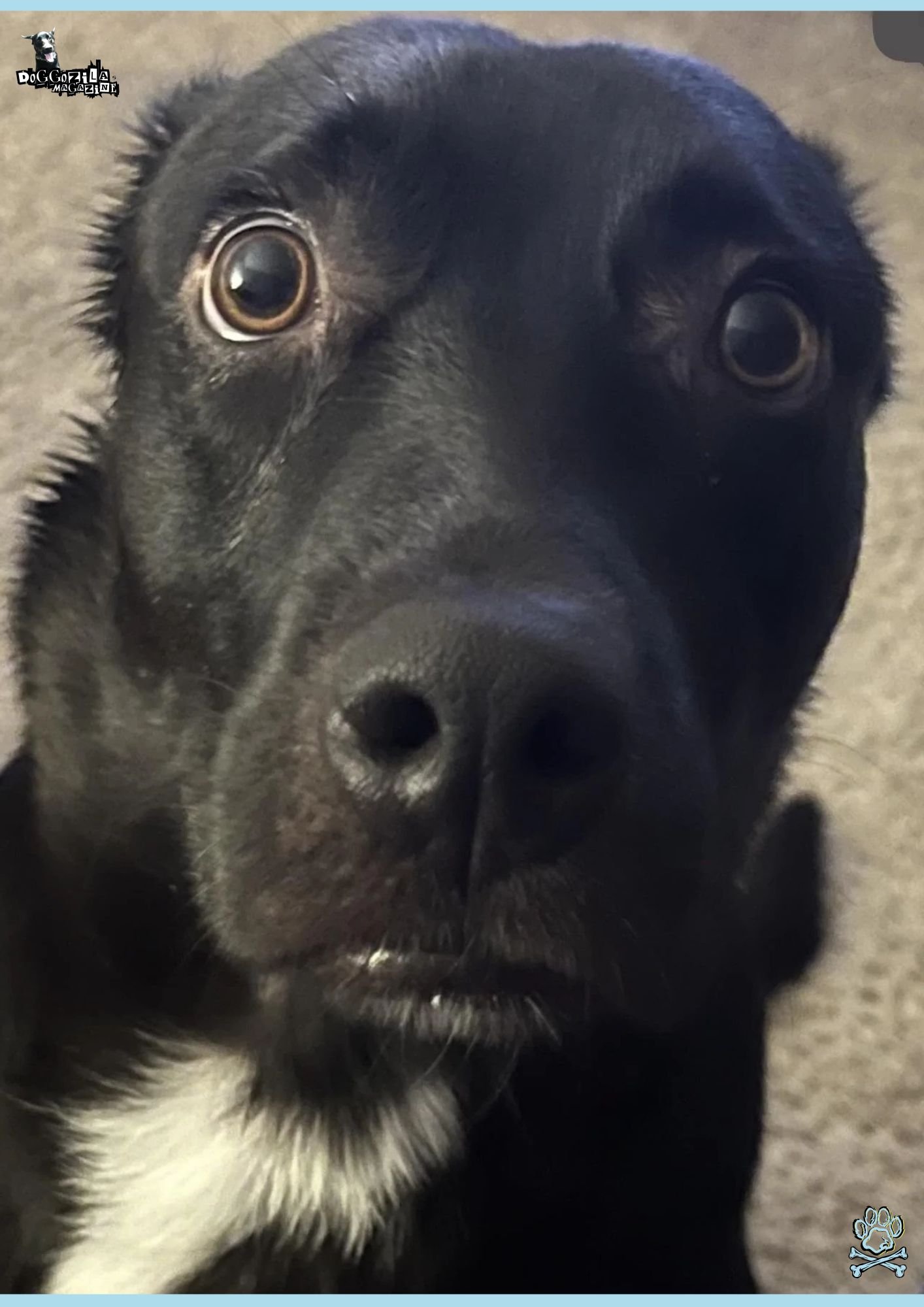
WHAT TO DO IF YOU SEE WHALE EYES: ACTION PLAN FOR HAPPY DOGS
So, you’ve spotted the whale eye, now what? Your response can make all the difference. The number one rule is to never punish your dog for this communication. They are being incredibly polite by giving you a warning sign instead of escalating directly to a snap or growl. Thank them for telling you!
Your immediate action should be to calmly and gently help your dog out of the situation that’s making them uncomfortable. This might mean calling them away from a resource they’re guarding, asking a child to give them more space, or creating distance from another dog at the park. Your goal is to be your dog’s advocate and hero, relieving their anxiety the moment you see those eyes.
The “Distract and Disengage” Maneuver for Instant Relief
This is your go-to move when you see whale eyes in dogs. The second you notice the signal, happily and calmly create a distraction to break your dog’s focus on the stressor. Use a cheerful voice to call their name and ask for a simple behavior they know well, like “touch” (booping your hand with their nose) or “find it!” (tossing a treat on the ground for them to sniff out).
This serves two purposes. It gets them moving away from the uncomfortable situation. It gives them a easy, rewarding task that builds their confidence. Once they’ve disengaged and are focused on you, you can reward them lavishly and then decide whether to remove them entirely or help them approach the situation more slowly and positively.
Building Positive Associations: Changing the Emotional Response
Once you’ve managed the immediate situation, you can work on a long-term solution. If your dog consistently shows whale eyes around a specific trigger (like the vacuum cleaner or a visiting cousin), you can work on changing how they feel about it. This process is called counter-conditioning.
The game is simple! Present the trigger at a very low intensity. (e.g., the vacuum cleaner is off and on the other side of the room) Than pair its presence with something amazing, like chicken. The sight of the vacuum = chicken rain!
Gradually, over many sessions, you can slightly increase the intensity (turn the vacuum on, move it closer) while continuing to provide treats. Your dog’s brain will learn to associate the once-scary thing with good things, and those whale eyes will become a thing of the past.
🔑 Key Points: Never punish this signal. Instead, calmly help your dog out of the uncomfortable situation. Your goal is to be their advocate and relieve their anxiety.
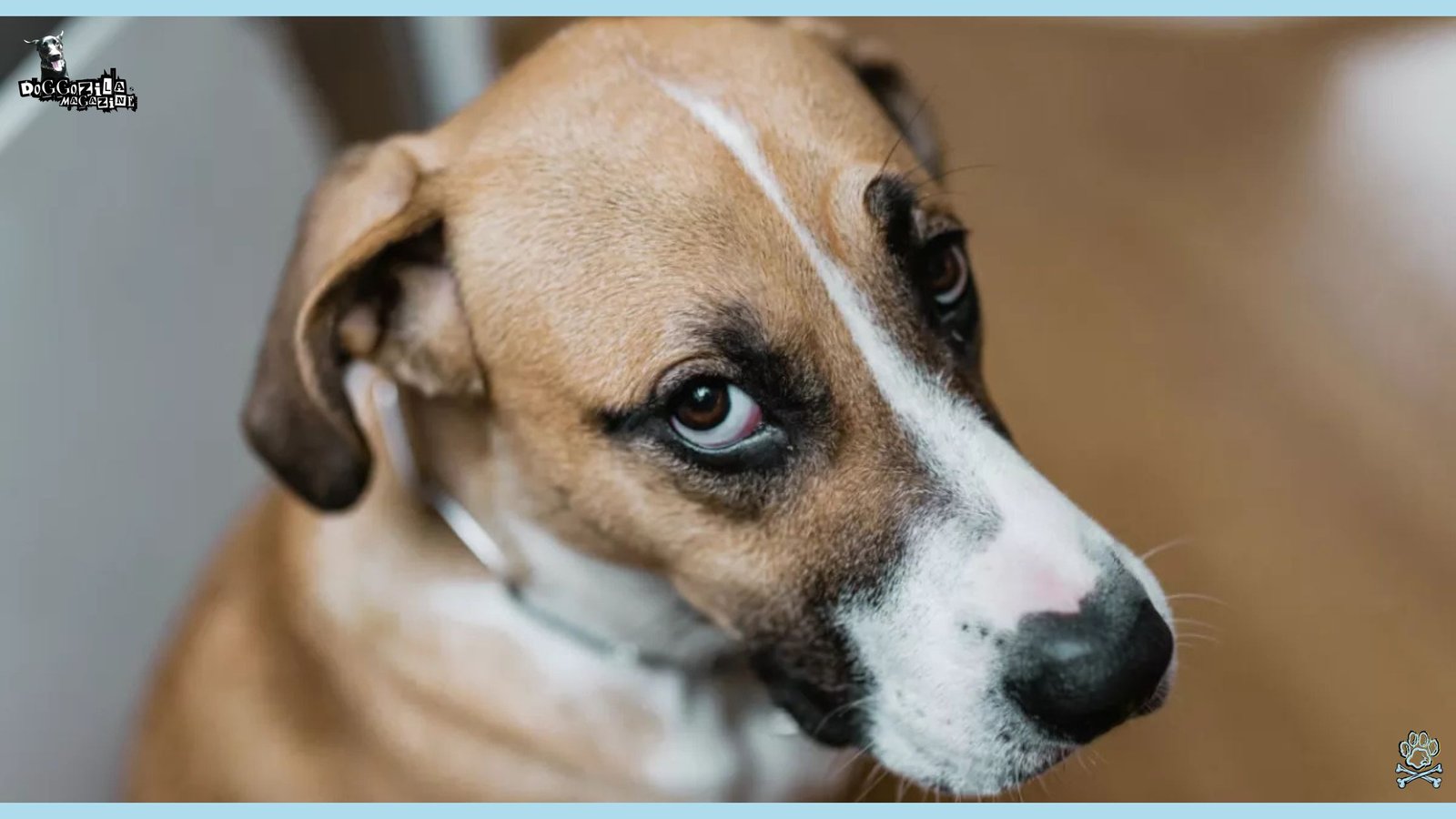
BEYOND THE EYES: “DON’T MISS” SIGNALS IN THE DOG STRESS TOOLKIT
While whale eyes are a star player, they’re just one member of the dog communication team. To truly understand your dog, you need to know the whole roster. The more of these signals you see clustered together, the more urgent your dog’s plea for help is. Becoming literate in this entire language is the ultimate goal.
A tucked tail, especially one clamped down low, is a giant neon sign saying, “I am scared!” Panting when it’s not hot and they haven’t been exercising can be a sign of stress. Pinned-back ears, a hunched body posture, and even shaking off (as if they’re wet when they’re dry) are all potential indicators of anxiety.
The Freeze and Fidget: Two Ends of the Stress Spectrum
Stress in dogs can look two very different ways, and both are important to recognize. Some dogs, when overwhelmed, will choose to “freeze.” They become a statue, completely motionless, muscles tense, often holding their breath. This is a major red flag that precedes a snap.
On the other end of the spectrum is the “fidget.” This dog can’t seem to settle, they might pace, repeatedly get up and lie down, or seem unable to focus. Both the freeze and the fidget are just as significant as whale eyes in dogs and require the same calm, supportive response from you to help them feel safe again.
The Tail Tale: It’s Not Always About Wagging
We often think a wagging tail means a happy dog, but that’s a dangerous oversimplification. The tail is a mood antenna! A high, stiff, rapidly vibrating tail often indicates high arousal, which can be excitement but can also tip over into aggression or stress.
A low, slow wag might signal insecurity or appeasement. And a tail tucked completely between the legs is the universal sign for fear. The next time you see a wag, look at the rest of the dog’s body and the speed and height of the wag to get the true story. A wagging tail with whale eyes and a stiff body is a dog in conflict, not a dog who is happy.
🔑 Key Points: Other critical stress signals include a tucked tail, pinned-back ears, panting when not hot, and a frozen or fidgeting body posture.

SUCCESS STORIES FROM DOGS: FROM WHALE EYES TO WAGGING TAILS
With a little awareness and effort, you can absolutely help a dog who frequently uses whale eyes become more confident and secure. On one event for rescue pups we worked with a sweet rescue Greyhound named Ria who would give intense whale eyes anytime a person stood over her. Her owners thought she was just being “shy,” but she was genuinely fearful.
We worked on a plan where everyone was instructed to kneel down or sit on the floor to interact with her, and they would toss her delicious treats for calm behavior. Within a few weeks, the whale eyes in dogs like Ria became less frequent. Soon, she was actively seeking out affection without a hint of white in her eyes. It was a beautiful transformation built on understanding and respect.
The Power of Choice: Building Confidence by Giving Control
A powerful way to reduce stress and the need for whale eyes is to give your dog more choices and control in their daily life. This is called agency. Instead of forcing interactions, practice “consent tests.” Gently pet your dog for a few seconds, then pause and see what they do. Do they lean in for more? Great! Do they shift away or give you a slight whale eye?
Then respect that and stop. Offer them choices in where they walk, which sniffing spots to explore, and even what toys to play with. When a dog feels like they have a say in what happens to them, their overall anxiety plummets, and they feel far more secure in their world. A confident dog is a dog who doesn’t need to use stress signals as often.
Your Journey to Becoming a Canine Communication Pro
Learning to spot whale eyes in dogs is the first step on an incredible journey into the mind of your best friend. It deepens your bond, builds immense trust, and prevents misunderstandings before they can start.
Celebrate every time you correctly read your dog’s signal and respond appropriately, you’re being the best advocate they could ever have. Keep observing, keep learning, and keep having fun with your amazing, communicative canine companion.
🔑 Key Points: This eye widening is a neurological stress response from a flight-or-fight state, making it a reliable early warning sign to help prevent more serious reactions.
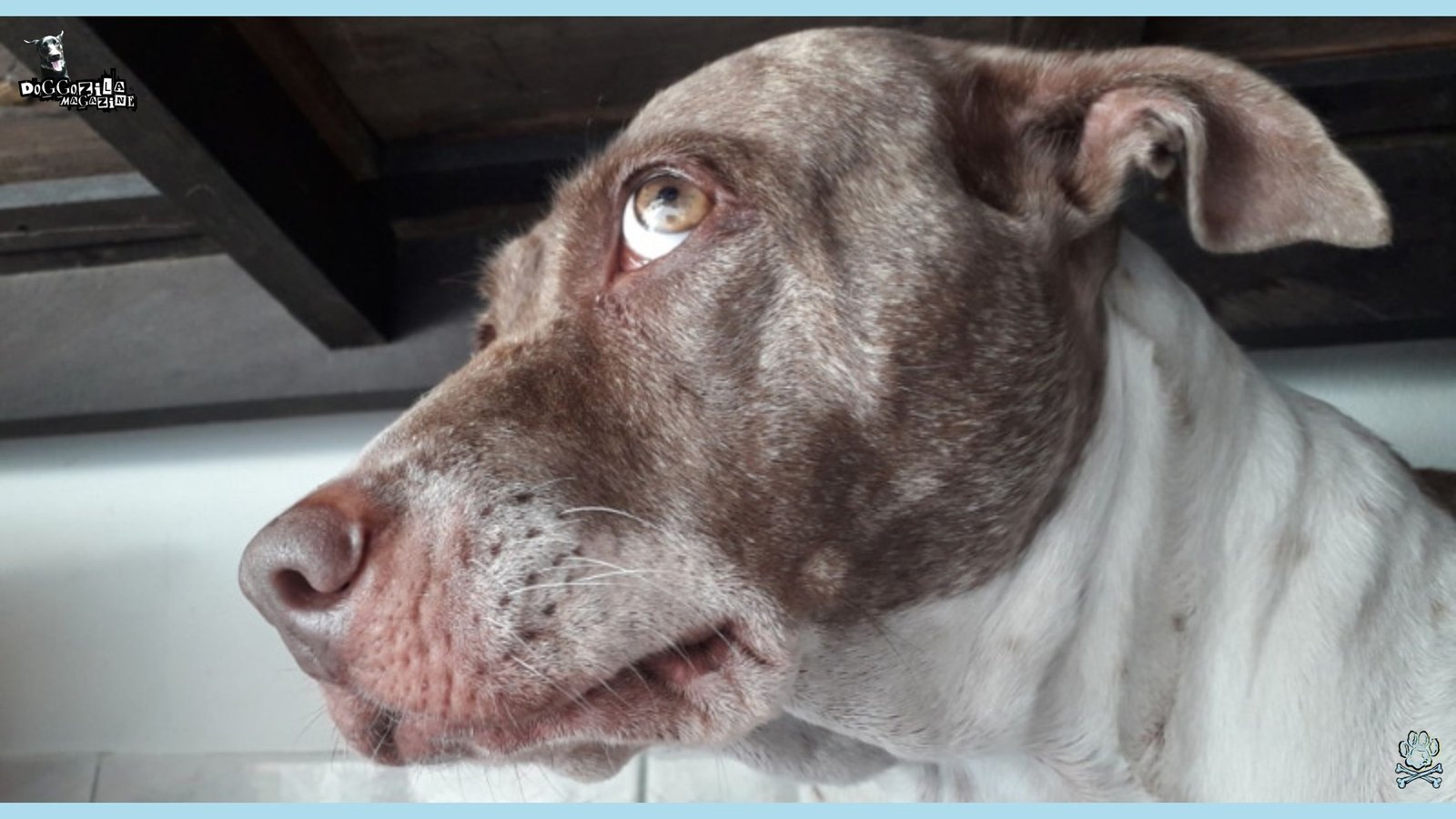
TRAINING ACTIVITIES TO BOOST CONFIDENCE AND REDUCE WHALE EYES
Turning serious training into a game is the best way to build a resilient, confident dog who doesn’t need to rely on stress signals like whale eyes. The goal is to make your dog feel like a clever problem-solver, which builds immense self-assurance. Play engaging games like “Find It!” where you toss treats in the grass for them to sniff out, boosting their natural foraging instincts.
Practice “123 Game!” where you say “1… 2… 3!” and on “3!” you toss a high-value treat, teaching them that patience and focusing on you pays off big time. These games are not just tricks, they are tools that wire your dog’s brain for optimism and give them a job to do, making the world less scary and more fun.
The “Name Game” for Building a Rock-Solid Connection
This simple game is pure magic for strengthening your bond and redirecting focus. Start in a low-distraction environment. Simply say your dog’s name in a happy, upbeat tone. The millisecond they turn to look at you, mark it with a “Yes!” or a click and reward with a fantastic treat.
Repeat this over and over until their head whips toward you the instant they hear their name. Once mastered, you can use this game in real-world situations. If you see the beginnings of whale eyes in dogs at the park, a cheerful call of their name can break their focus on the stressor and bring their attention back to you, their safe harbor. It turns you into the most interesting thing in any environment.
Related Article Recommendation: How to Train Your Dog to Play Peekaboo?
The “Look at That” Game for Peaceful Coexistence
This is a powerful game for dogs who get stressed by specific triggers like other dogs, skateboards, or loud children. The rules are simple but brilliant. You and your dog sit at a distance where they can see the trigger but are still calm (this is key!). The moment they glance at the trigger (e.g., another dog), you mark it with a “Yes!” and give them a treat.
You are not rewarding them for looking at the dog, you are rewarding them for the calm act of disengaging and turning back to you. This game teaches them that the appearance of scary things predicts delicious chicken, fundamentally changing their emotional response. The frantic whale eyes in dogs slowly transform into a calm “look, then look away” for a treat.
🔑 Key Points: Turning serious training into a game is the best way to build a resilient, confident dog who doesn’t need to rely on stress signals like whale eyes. The goal is to make your dog feel like a clever problem-solver, which builds immense self-assurance.
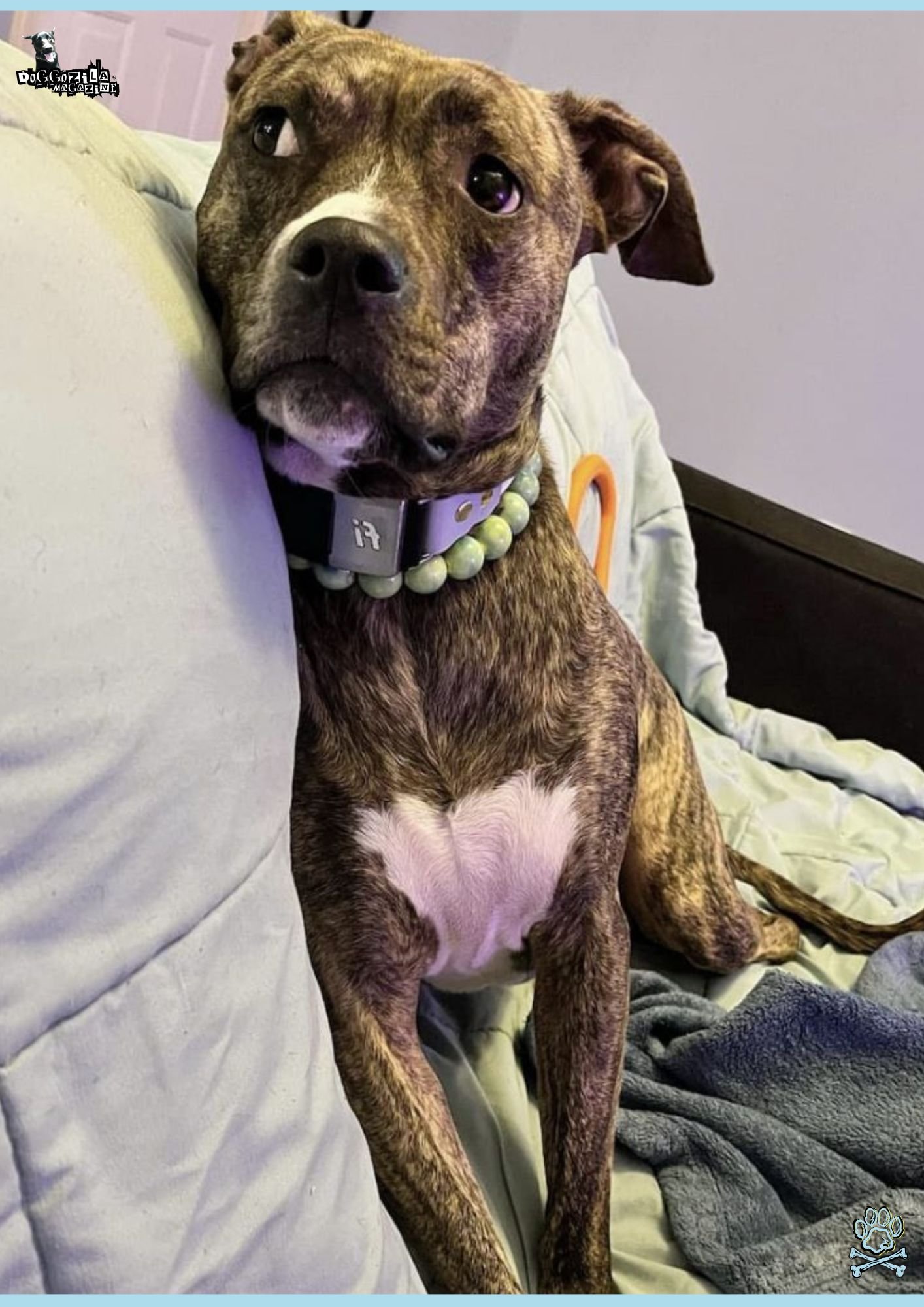
WHEN TO CALL THE PROS: UNDERSTANDING THE LIMITS OF DIY TRAINING
While many cases of whale eyes can be managed with patience and games, it is absolutely critical to know when to seek professional help. If your dog’s whale eyes are frequently accompanied by growling, snapping, lunging, or other intense reactions, it’s time to call a certified force-free dog trainer or a veterinary behaviorist. This is a non-negotiable step for everyone’s safety.
These experts are like doggy translators and strategists, they can observe the subtle nuances of your dog’s body language, identify the root of the fear, and design a customized, safe behavior modification plan. Asking for help is a sign of strength and deep love for your dog, not a failure.
What to Expect When Working with a Professional
A good trainer or behaviorist will never use punishment, prong collars, or methods that instill fear, as these will worsen anxiety and whale eyes in dogs. Instead, they will work with you to create a management plan to keep everyone safe while you work on the underlying emotions.
They will likely use techniques like the “Look at That” game and other desensitization and counter-conditioning protocols. They will empower you with the skills and knowledge to be your dog’s guide. A great session will leave you feeling hopeful and equipped with a clear, step-by-step plan. It’s an investment in your dog’s mental well-being and your peaceful coexistence.
A Success Story: From Fearful to Friendly
I remember a reader’s dog, a sweet Border Collie mix named Max, who would show intense whale eyes, freeze, and then snap whenever someone approached his food bowl. His owners were heartbroken and scared. They brought in a certified behaviorist who helped us implement a strict “hand-feeding” protocol for several weeks, where all of Max’s meals came directly from their hands or were tossed near the bowl.
They also practiced “trade-up” games, exchanging a boring kibble for a piece of chicken. Slowly, Max’s association with people near his food changed from fear to anticipation. The whale eyes disappeared, replaced by a happy, waggy tail at mealtime. It was a powerful reminder that with the right help, deep-seated fear can be overcome.
🔑 Key Points: Seek a certified force-free professional if whale eyes are frequently accompanied by growling or snapping, as this is crucial for safety and addressing deep-seated fear.

ULTIMATE ACTION PLAN: BECOMING YOUR DOG’S TRUSTED ADVOCATE
You are now equipped to be your dog’s superhero, their translator, and their safest place. Your action plan is simple, Observe, Respond, and Empower. Make a habit of casually observing your dog’s body language throughout the day, not just in stressful moments. Respond immediately and calmly when you see whale eyes by helping them out of the situation.
Empower them every day with choices, confidence-building games, and positive associations. This journey isn’t about achieving perfection, it’s about building a deeper, more respectful dialogue with the amazing dog who shares your life.
Instinct Versus Emotion: Why Whale Eyes in Dogs Happen
Some of this behaviour is instinct, a way to monitor a potential threat without direct confrontation. But emotion plays a role too, especially in dogs with strong bonds to their humans.
- Protective Instincts and Whale Eyes in Dogs: A dog might show whale eyes when guarding a valued resource, like a bone or favourite spot on the couch. This is a polite warning before more obvious signals like growling.
- Emotional Sensitivity and Whale Eyes in Dogs: Dogs with higher emotional sensitivity may flash whale eyes more often in response to subtle changes in tone or body language. They’re reading the room, and you, constantly.
- Training to Reduce Whale Eyes in Dogs: Counter‑conditioning and desensitisation can help. By pairing triggers with positive outcomes, you can reduce the frequency of whale eyes in dogs in stressful contexts.
The Adventure Awaits: Go Forth and Observe!
The world is now your living laboratory! Grab your phone, head to a park, and watch the beautiful, complex language of dogs unfold in front of you. Can you spot the quick lip lick from the terrier across the way? See the play bow from the happy Labrador?
Notice the slight whale eye from the pup who’s unsure about the big dog approaching? This knowledge is a gift that allows you to understand not just your own dog, but all dogs. It makes you a better advocate, a better neighbor, and a better friend to the dog community.
Parting Words: The Eyes Have It!
Remember, those whale eyes are not a rejection, they are a conversation. They are your dog’s way of whispering their feelings because they trust you to listen. By choosing to understand, you are answering that trust with compassion and action. Here’s to less side-eye and more waggly tails, to less worry and more wonder.
So, whale eyes in dogs, what does it mean?
Most often, it’s a polite but important request for space. Sometimes it’s concentration, sometimes it’s a breed quirk, but it’s always worth noticing. By learning to read this and other body language cues, you become a better communicator and a more trusted companion. And that’s the real magic: turning a sideways glance into a shared understanding that deepens your bond.
“When your dog gives you side‑eye, they’re not being shady but they’re speaking fluent Dog.”
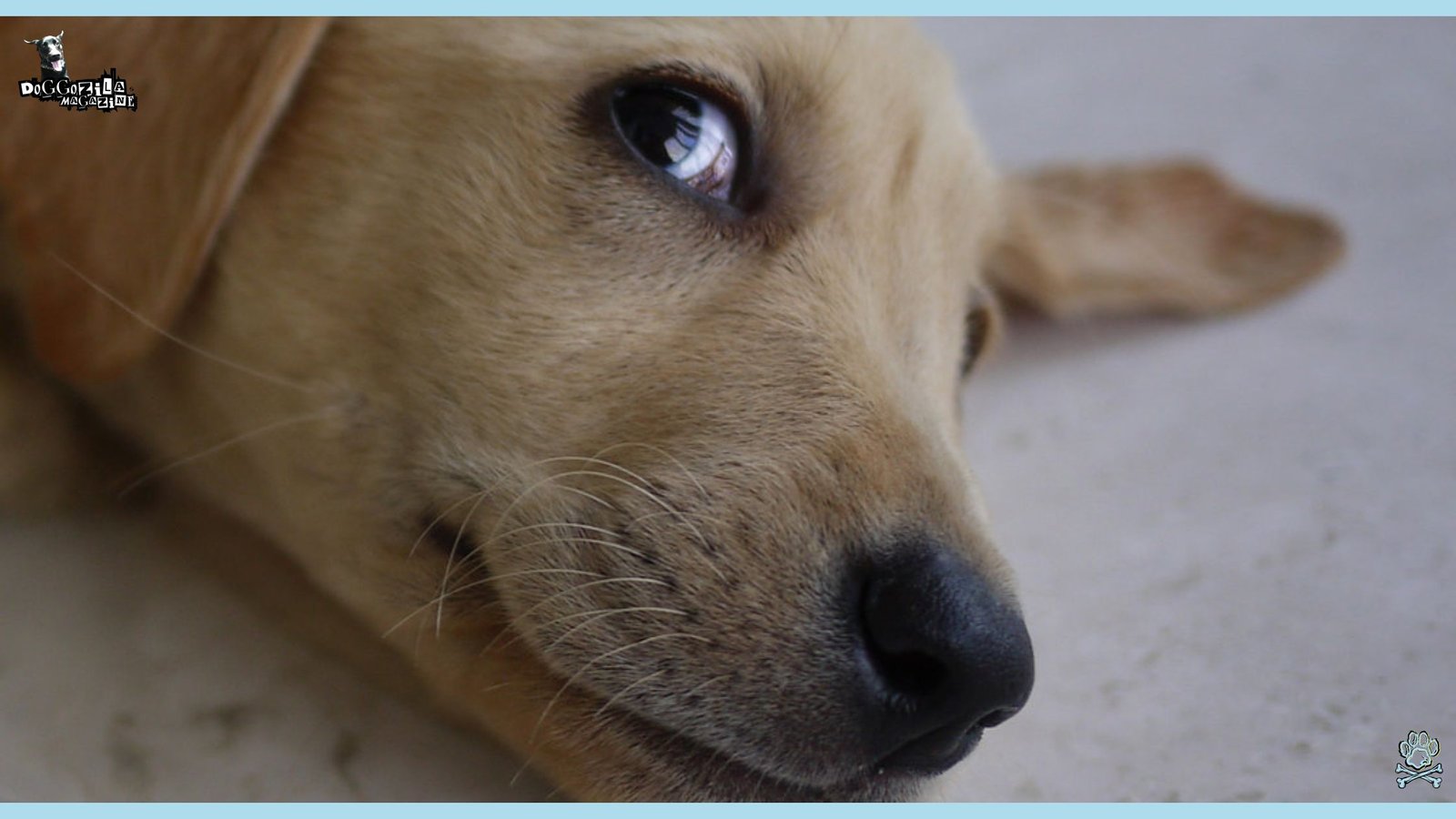
If you’ve ever caught your pup flashing the whites of their eyes, you’ve spotted the quirky yet telling whale eyes in dogs. It’s more than a dog quirk, it’s a valuable clue to what’s happening in their head.
Decode it, and you’re halfway to Dr. Dolittle status.
